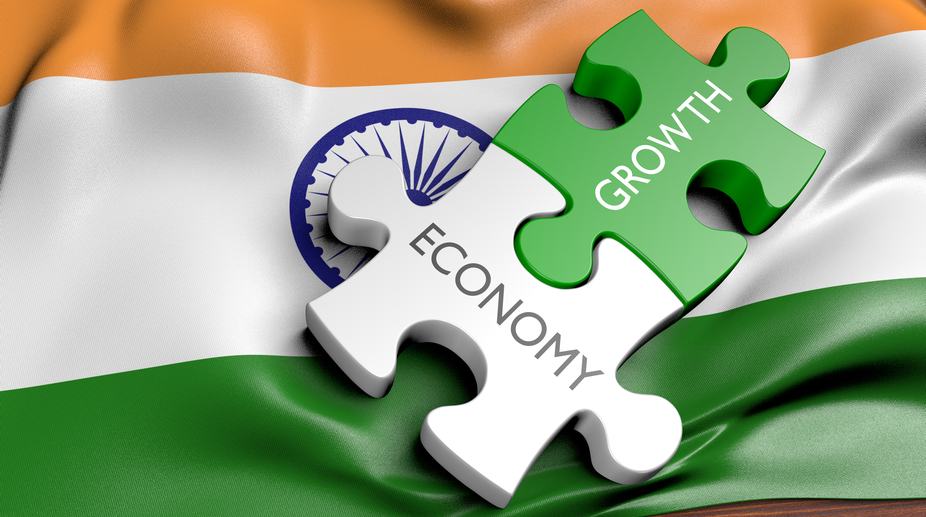Overcoming the slowdown from demonetisation, the growth rate of India’s economy is projected to accelerate from this year’s 6.7 percent to 7.2 per cent next year and 7.4 percent in 2019 making it again the world’s fastest growing major economy, the UN said on Monday.
“Despite the slowdown observed in early 2017 and the lingering effects from the demonetization policy, the outlook for India remains largely positive, underpinned by robust private consumption and public investment as well as ongoing structural reforms,” according to the World Economic Situation and Prospects 2018 report.
Advertisement
However, the 7.2 percent growth rate projected for India next year in the latest report is lower than the mid-year update’s projection made by the UN in May of 7.9 percent.
China’s economic growth for this year was 6.8 percent, according to the report, putting it slightly ahead of India. But the growth projections for China is 6.5 percent next year and 6.3 percent in 2019
Releasing the report, Under Secretary-General for Economic and Social Affairs, Liu Zhenmin, said: “The upturn in global growth is a welcome sign of a healthier economy.”
The report painted a rosier outlook for the world economy overall, saying “it has strengthened as lingering fragilities related to the global financial crisis subside” and recorded this year the “highest growth rate since 2011,” even though it is only 3 percent. The report said that growth level is expected to continue over the next two years.
South and East Asia remain the world’s most “dynamic regions” accounting for nearly half of global growth in 2017, with China alone contributing about one-third, the report said.
“Vigorous public investment in infrastructure has been critical” in counteracting negative developments.
The report warned that for India “the anaemic performance of private investment remains a key macroeconomic concern.”
“Gross fixed capital formation as a share of GDP has declined from about 40 per cent in 2010 to less than 30 per cent in 2017,” the report said. It added that there was “subdued credit growth, low capacity utilization in some industrial sectors and balance sheet problems in the banking and corporate sectors”.
It also said that there was “some degree of uncertainty over the monetary policy stance in India.” It added, “Subdued inflation, coupled with a good monsoon season, offers scope for additional monetary easing. However, if inflation accelerates faster than anticipated, the loosening cycle could end abruptly.”
India’s fiscal deficit has declined visibly, and it is expected to narrow further to 3.2 per cent of GDP in 2018.
Liu also warned that the improved global economic growth “may come at an environmental cost”.
“This calls for stronger efforts to delink economic growth and environmental degradation,” he added.











